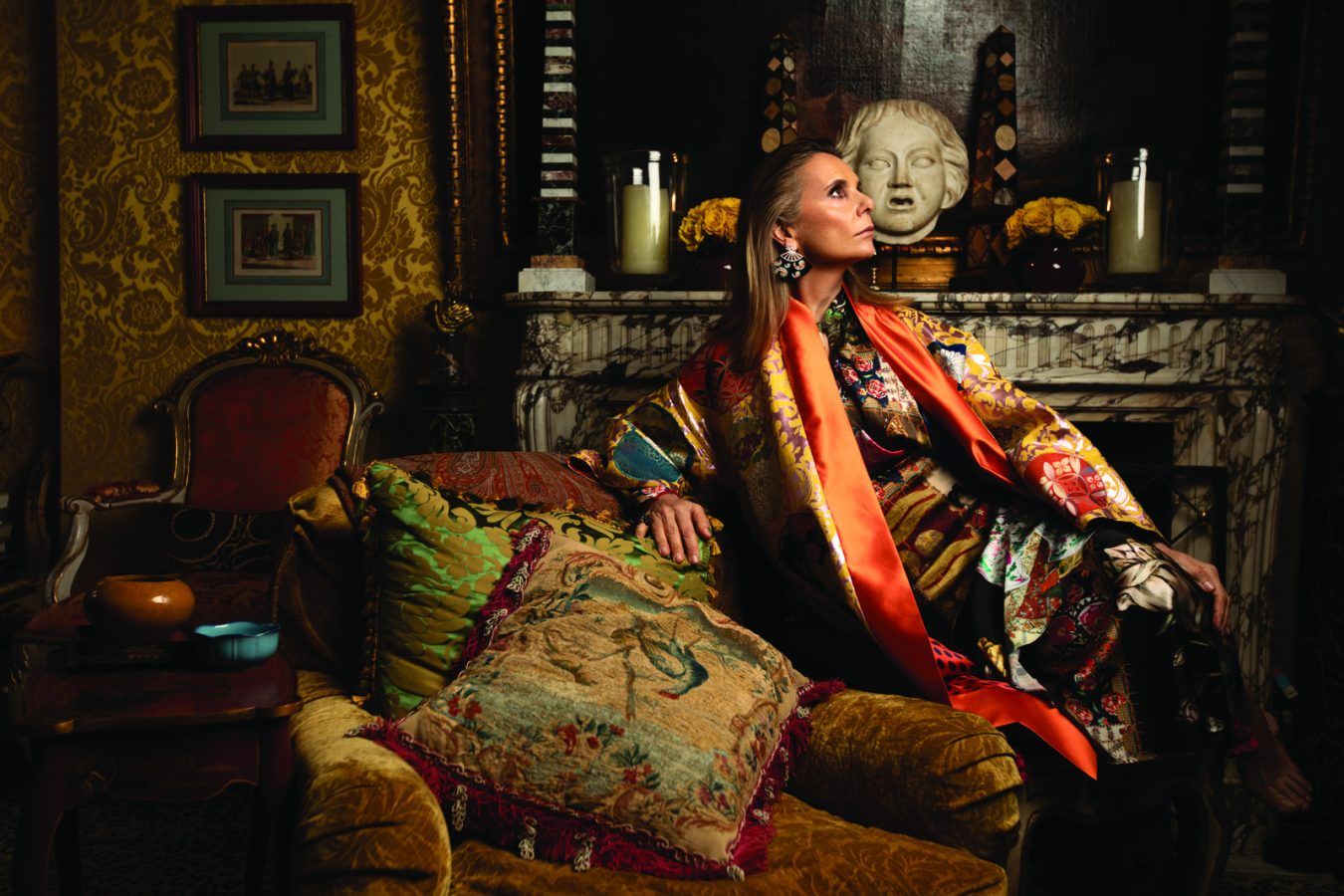Silvia Furmanovich: Alchemy of Art


Known for blending natural elements with ancient cultures, Brazilian jewellery designer Silvia Furmanovich offers an exclusive glimpse into her artistic world.
Resplendent in deep red robes as she watched over her works of art encased behind glass at The Library of The Ritz-Carlton KL, Brazilian jewellery designer Silvia Furmanovich struck a figure as encapsulating as her fame, as she welcomed my colleague and me into the enclave to view her eponymous jewellery line. The dimmed ambience of the room was lit up by a continuous display of Furmanovich’s works,
from beautiful accessories and purse sets from Brazil featuring marquetry techniques, to the bamboo and pearlescent hues of rings and necklaces reflecting Japan’s heritage. It all held her specific touch, despite the diversity in collections. And you can now find them at Lotus Arts de Vivre in Bangsar.

Her expertise and artistry can be easily explained, because Furmanovich is personification that the apple doesn’t fall far from the tree. The award-winning designer was born in São Paulo, Brazil, into a family with a rich tradition of Italian goldsmithing. Her great-grandfather made sacred ornaments for the Vatican, and her father followed in his footsteps as a goldsmith. She too, clearly, follows in the family’s footsteps, but has gone her own way. Furmanovich is known for melding the natural world, unusual materials, and ancient cultures into her creations. We learn more in this exclusive tête-à-tête.
What has been the most fascinating material you’ve worked with?
It’s definitely marquetry that we do in Amazonia. I love to work with marquetry, develop new things in the technique and skill of it in terms of scales and colours. It’s innovative to make marquetry in colours when it’s known for solids like ‘wood’ colours, so I think it’s my favourite. I’ve been working with marquetry for more than 10 years, and with each collection I adapt the technique to the theme of the new collection.
I also always find inspiration in nature or in museums and temples. Alternative materials such as wood, carvings, bamboo, miniature paintings from India—everywhere I go I find a craftsmanship that interests me.
Can you share a bit about your upcoming collection?
The next collection is going to be about alchemy, focusing on the process of the transmutation of the materials, and it’s not related to any specific field trip or country, but rather the transformation of the five elements. It’s a conceptual theme this time.
Sounds like you’re going back to basics. Why focus on alchemy?
I was in the Netherlands two years ago and visited a museum called the Embassy of the Free Mind. I saw so many beautiful books about alchemy, even dating back to the Middle Ages! They were about the process of chemical phases and the transmutation of materials from one form to another. I began to read about it and it’s a complex study. I found a person in Brazil who’s an alchemist, and he’s helped me conceptualise the collection in terms of curating the symbols for me to use in the jewellery.
What excites you most about storytelling through different cultures?
When I travel and make field trips overseas, I learn a lot of things that I didn’t know before from a specific country or culture. To delve deep within the culture and adapt what I learn into my work really inspires me.

With such an illustrious career, what has been your most memorable moment at work?
I don’t have one ‘best moment’ in my career, for me the important thing is to walk in the path of your art. All the moments are important. I have joy for life, and I love my work—and I think this is important—when you do something that you feel passionately about, you know. I don’t do it for the prizes or the recognition, I do it for the love of art.